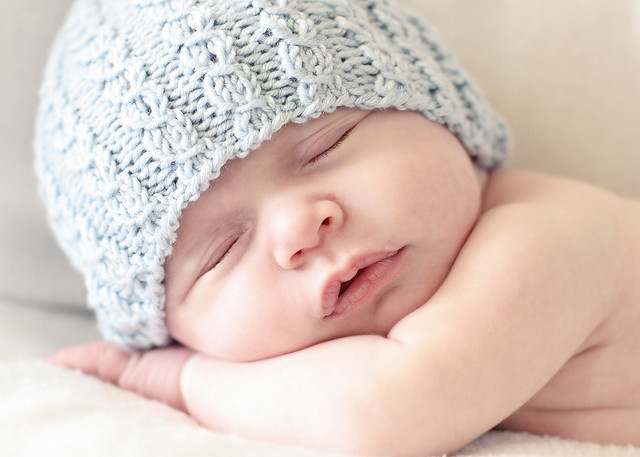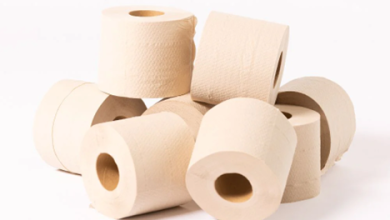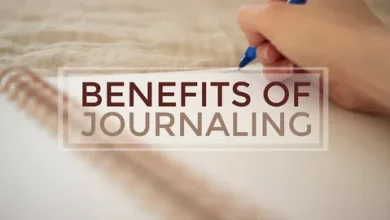Introduction to the Newborn Scrunch Reflex

The newborn scrunch reflex, also known as the Moro reflex, is a fundamental neurological response observed in infants shortly after birth. This reflex plays a pivotal role in their early development, influencing sensory integration, motor skills acquisition, and overall neurological maturation. In this article, we delve into the significance of the scrunch reflex, its characteristics, and its developmental implications for newborns.
Understanding the Nature of the Scrunch Reflex
Before exploring its developmental importance, it’s essential to grasp the nature of the scrunch reflex. This reflex is characterized by the baby’s arms and legs instinctively curling inward and then extending outward in response to sudden stimuli or changes in their environment. This innate response is believed to have evolutionary roots in facilitating self-protection and survival instincts in newborns.
Neurological Foundations of the Scrunch Reflex
The scrunch reflex is rooted in the neurological development of newborns. This section explores the neurological pathways involved in triggering and coordinating the reflexive responses. Understanding these foundations provides insights into how the brain processes sensory information and initiates motor responses during the early stages of life.
Role in Sensory Integration
Sensory integration is crucial for infants as they learn to interpret and respond to stimuli from their environment. The scrunch reflex plays a pivotal role in this process by helping babies integrate sensory inputs such as touch, sound, and movement. We’ll discuss how the reflexive responses contribute to the development of sensory processing skills and the ability to adapt to sensory stimuli over time.
Motor Skills Development and Coordination
The scrunch reflex contributes significantly to the development of motor skills and coordination in newborns. From refining muscle tone to fostering limb movement control, this reflex aids in laying the foundation for future motor milestones. We’ll explore the progression of motor skills influenced by the scrunch reflex and how it evolves as infants transition from reflexive responses to intentional movements.
Developmental Milestones and Progression
Tracking developmental milestones associated with the scrunch reflex provides valuable insights into a baby’s growth and maturation. This section will outline typical progression patterns, including the emergence, peak, and integration phases of the reflex during the first few months of life. Understanding these milestones helps parents and caregivers monitor developmental progress and identify any potential concerns early on.
Clinical Significance and Assessment
Healthcare professionals often assess the presence and strength of the scrunch reflex as part of routine newborn examinations. This assessment serves as a diagnostic tool to evaluate neurological integrity and developmental milestones. We’ll discuss the clinical significance of the scrunch reflex assessment and its implications for early intervention and support in infant development.
Conclusion: Nurturing Development Through Understanding
In conclusion, the newborn scrunch reflex is more than just a physiological response—it’s a critical indicator of neurological development and sensory integration in infants. By understanding its developmental importance, parents and caregivers can actively support and encourage healthy reflexive behaviors. Embracing these reflexes as natural stages of growth fosters a nurturing environment that promotes optimal development and enhances the parent-infant bond during this transformative period.




